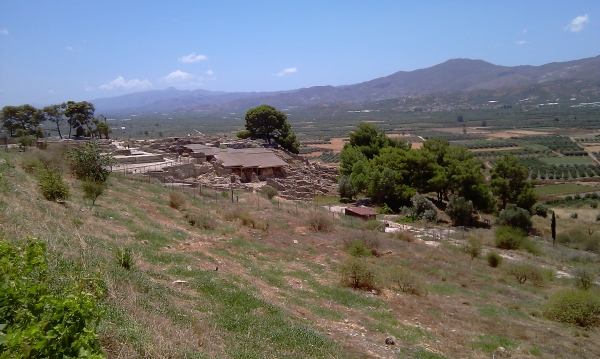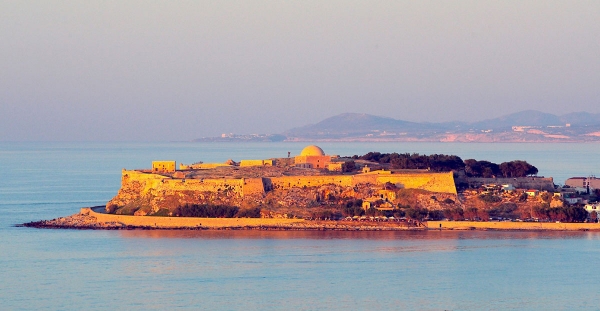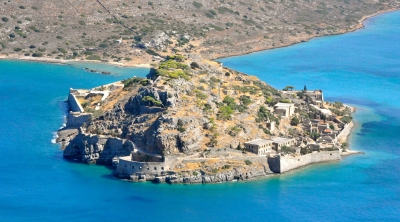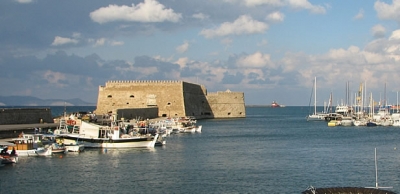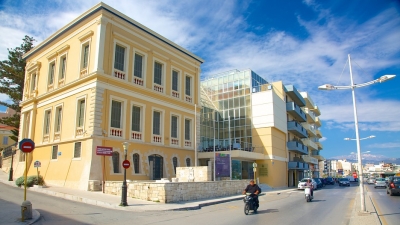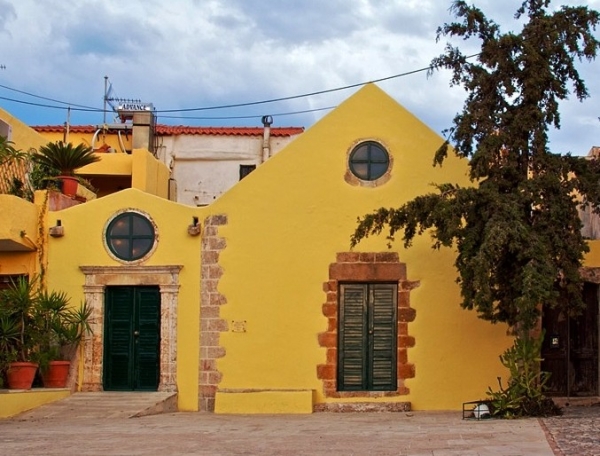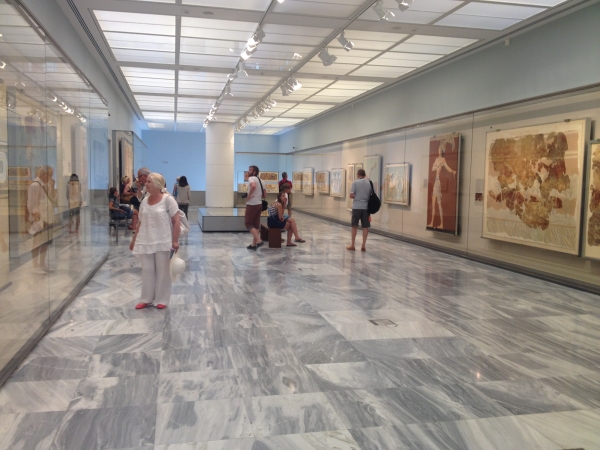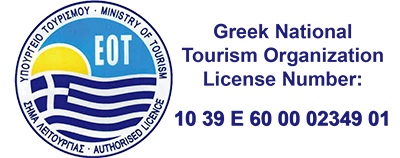Points of Interests
The Palace of Phaistos The palace of Phaistos (Faestos, Phaestos, Faistos) commands the Messara plain from its location on a low hill, and it is the second largest palace of Crete after The Palace of Knossos. The site was inhabited since the late neolithic era with several well organized settlements on the hill and the surrounding area, and the first palace was built around 2000 BC. Excavations have unearthed a rich historical strata, and some ruins date back to neolithic times. The palace, just like the other palaces of Minoan Crete, was destroyed three times before it was rebuilt on the ruins of the old buildings in 1700 BC. Aesthetically, Phaistos is built on the most spectacular setting of all palaces in Crete, high on a dramatic hill, overlooking the entire Messara plain framed by the Asterousia mountain range which is sprinkled with small villages to the south, and the…
The Fortezza Fortress The fortress of Rethymnon City was built between 1573 and 1580 by the Venetians, for the protection of the city by the Turkish threat. It is starshaped with three gates and six bastions. The fortress enclosed the Commander' s house, the Counsellor' s house, barracks, stables, ammunition - storehouses, a cistern and private houses which were later destroyed. There was no systematic excavation on the site. Small-scale excavations have been conducted during the restoration works, in the course of which came to light remains of the ancient city. Some years earlier, the 13th Ephorate of Byzantine Antiquities effectuated works of restoration and consolidation. The architect D. Pikiones had completed a study concerning a new project of the fortezza: a theatre for representations of the medieval cretan plays, tourist accomodations etc. Today the Municipality of Rethymnon in collaboration with the competent services, suggests a restoration study which will…
Spinalonga Island Spinalonga is an arid and barren rocky islet with an area of 8.5 hectares lying at the mouth of the natural port of Elounda in the Lasithi prefecture of Crete. Due to its strategic location, it was fortified and served a variety of roles and purposes over the centuries. In antiquity the islet was walled to protect the ancient city of Olous. In the late 16th century, the Venetians built one of the most important defensive sea fortresses in the Mediterranean within the context of the major fortification works they carried out to defend Crete. Construction, based on the designs of the engineer Genese Bressani, began in 1579, and the initial building phase lasted until 1586. Repairs and alterations to the fortress were carried out both before and during the Cretan War (1645-1669). The fortifications consisted of two zones: the first followed the coastline, and the second was…
The Venetian Marine Fortress of Heraklion The Venetian fortress “Rocca a Mare”, “Castello a Mare”, “Castello”, “Su Kulesi” or “Koules” is situated at the entrance to the Venetian harbor of Heraklion. It is one of the so-called marine fortresses which functioned as forward bastions on the sea within the framework of more general architectural planning. It was occasionally combined with protection of the commercial harbor and docks, as was the case here. According to historical testimony, there was probably a tower at the same site during the second Byzantine or even the Arab period. We do not know what form the fortress had during the first period of the Venetian rule. Early 16th c. Venetian documents mention that the tower had suffered damages and was practically in ruins. With the prevalence of the bastion system (fronte bastionato) and radical changes in the form of fortifications, the old fortress could not…
Historical Museum of Crete The Historical Museum of Crete was founded in 1953 and is housed in a neoclassical building of exceptional architectural merit. A multi-faceted museum narrating seventeen centuries of history on Crete, from Early Christian times to the modern era. The exhibition is much more than a mere display of artefacts. Throughout the museum, visitors interact with new media. From Byzantium to the Baroque (330-1669 AD) The meeting ground of the monotheists: Christians from the East and West, Arabs, Ottomans and Jews come together on Crete. The exhibition includes Byzantine, Venetian and Ottoman sculpture and ceramics. Added to these are frescoes and portable icons, coins, jewellery, maps and the large model of 17th century Chandax. From the Ottoman Empire to Modern Hellenism (1669-1945) The eventful birth of national consciousness on a large Mediterranean island. In addition to flags and weapons, the exhibition includes items of everyday use from…
Byzantine and Post-Byzantine Collection of Chania The Byzantine and Post-Byzantine Collection of Chania has been hosted since 1997 in the katholikon of the Monastery of San Salvatore next to the bastion of the same name on the western side of the Venetian fortifications. On the south side of the monument, the cloister (chiostro), that housed the cells of the Franciscan monks, is still preserved. The original church, which probably dates to the 15th century, was the small domed section on the east side. This was extended to the west in the following century, following the same type of a vaulted hall with strainer arches. In the mid-17th century the church was extended to the north by the addition of two rectangular rooms with an entrance on the west side. These rooms, in which a limited use of Late Gothic motifs can be observed, were roofed by cross-vaults and communicated with…
Heraklion Archaeological Museum The Heraklion Archaeological Museum is one of the largest and most important museums in Greece, and among the most important museums in Europe. It houses representative artefacts from all the periods of Cretan prehistory and history, covering a chronological span of over 5,500 years from the Neolithic period to Roman times. The singularly important Minoan collection contains unique examples of Minoan art, many of them true masterpieces. The Heraklion Museum is rightly considered as the museum of Minoan culture par excellence worldwide. The museum, located in the town centre, was built between 1937 and 1940 by architect Patroklos Karantinos on a site previously occupied by the Roman Catholic monastery of Saint-Francis which was destroyed by earthquake in 1856. The museum's antiseismic building is an important example of modernist architecture and was awarded a Bauhaus commendation. Karantinos applied the principles of modern architecture to the specific needs of…


